When winter rolls in up north, life gets tough for birds. Food? Gone. Raising chicks? Way too risky. So they pack up and fly thousands of kilometres south to find warmer, easier places to live.
India happens to be one of their favourite destinations. Flamingos splash colour across Gujarat’s salt flats. Demoiselle Cranes take over Rajasthan’s fields like they own the place. Tiny European rollers drop by northwestern India for a quick break before flying towards Africa.
All these journeys happen along the Central Asian Flyway: a massive sky-highway running from the Arctic, through Central Asia, down to the Indian Ocean. It covers around 30 countries, and India sits right in the middle. That means birds from Russia or Mongolia may end up in our lakes and fields by winter. Isn’t that fantastic?
This twice-a-year trip is called migration, and over 2,000 of the world’s bird species do it.
October 11 is celebrated as World Migratory Bird Day. So, on this occasion, we’ll explore why birds travel to faraway lands and how they navigate without GPS. We’ll also learn about some iconic migratory bird species that visit India.
Let’s read on!
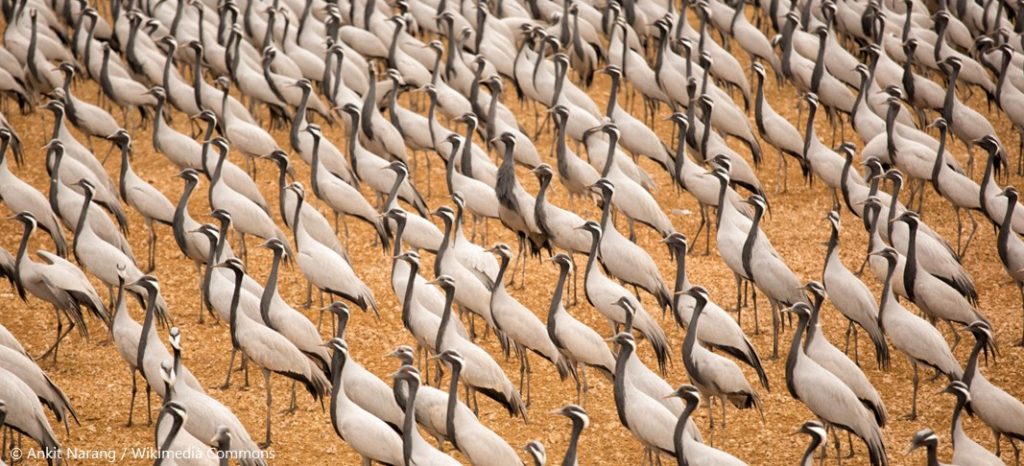
So, Why Do Birds Migrate?
In short, it’s all about the changing seasons.
When winter arrives in colder regions, lakes freeze, insects vanish, and plants stop producing food. Nesting sites turn unsafe, and survival becomes nearly impossible. The only solution? Travel to places where food is still available and the weather is kinder.
That’s where India comes in. Thanks to our tropical climate and position along major flyways, India becomes a perfect winter refuge. Our wetlands, coasts, and forests stay rich in fish, insects, and plants all winter long. About 370 migratory species (yes, that’s right!) arrive in India every year. Storks, pelicans, sandpipers, wagtails…they all turn up like clockwork.
Not all birds travel internationally, though. Some are “local migrants,” flying within India’s borders, often across elevation levels or from north to south.
But one big question remains: how do birds know exactly where to go, and how do they manage these journeys with such precision?
No GPS, No Map…How Do Birds Navigate?
Different species have different tricks. Some follow the sun by day and the stars at night. Others sense the Earth’s magnetic field like a built-in compass. They also use landmarks like rivers, mountains, and coastlines to stay on track. Some even rely on their sense of smell!
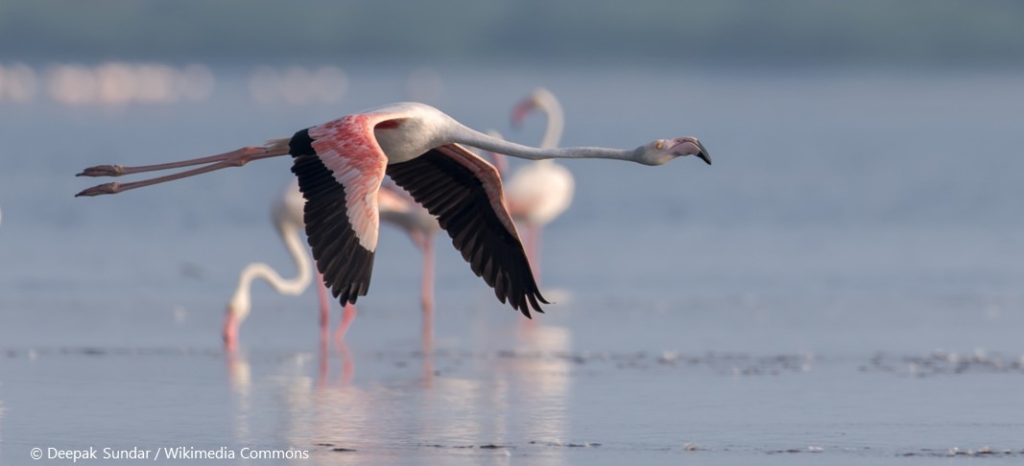
In social species, young birds learn the route from experienced adults. Siberian Cranes, for example, follow older birds across 6,000 kilometres from western Siberia to Bharatpur National Park. In solitary species, migration paths are instinctive. These instincts are genetic and passed down through generations, just like a family’s prized aam ka achar recipe!
To support their navigation, birds travel along strategic routes or flyways. Flyways help them catch favourable winds, ride thermal updrafts, and avoid harsh landscapes like deserts. Along the way, stopover sites provide crucial food and rest.
For example, tiny Amur Falcons pause in Nagaland during their unbelievable 20,000 km journey. And it’s just one stop on an adventure across continents, testing the limits of endurance. Doesn’t that sound thrilling? You can learn more about their journey here!
Nagaland isn’t the only stop on the map. Across India, many spots become winter vacation homes for migratory birds. Let’s explore some top spots!
Iconic Migratory Birds and Where to Find Them in India
From the Himalayas to coastal lagoons, India’s diverse habitats become vital winter homes for migratory species. Here are some stars you shouldn’t miss learning about:
Bar-headed Geese
They’re among the highest-flying birds on Earth, crossing the Himalayas at altitudes above 7,000 metres. They gather in large numbers at Keoladeo National Park in Rajasthan and around Tso Moriri Lake in Ladakh, where calm waters make for perfect wintering spots.
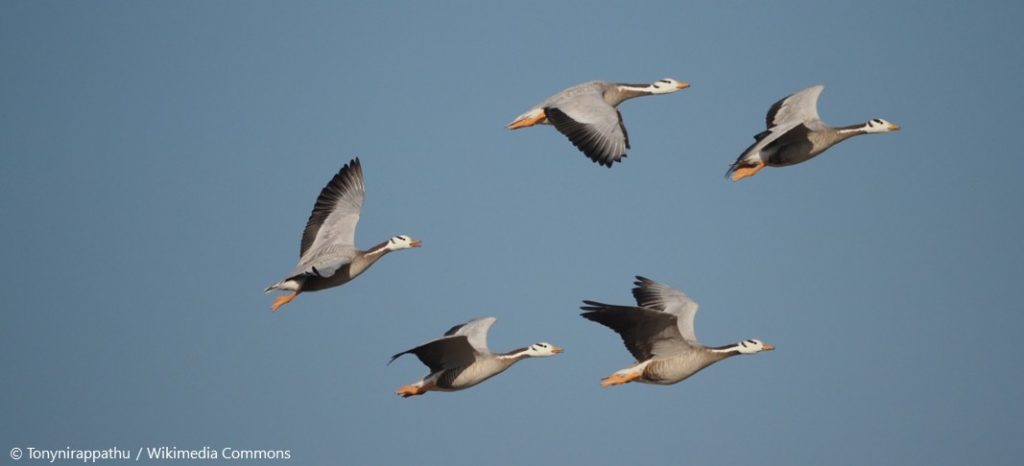
Little Stints
They’re perhaps the smallest migratory bird found in India. They may be tiny, but Little Stints are fast-moving and travel thousands of kilometres from the Arctic to India’s coasts. Look for them on mudflats and salt pans, especially at Khijadiya Bird Sanctuary and nearby wetlands.
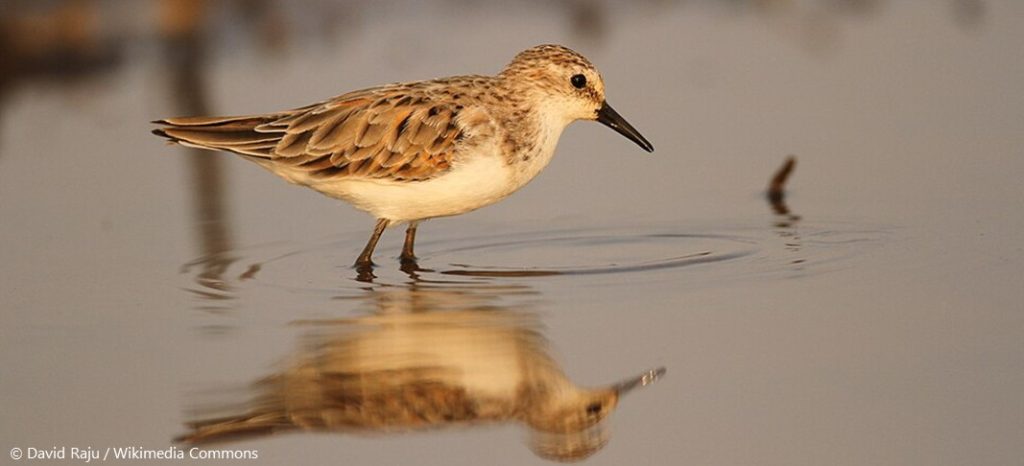
Great White Pelicans
With their massive bills and pale plumage, these birds travel long distances to reach India’s wetlands. Watch them hunt in “squadrons” at Chilika Lake in Odisha (home to 350+ bird species and 300,000+ birds during peak season…bird rush hour!) and the Rann of Kutch, where fish-rich waters support thousands of birds.
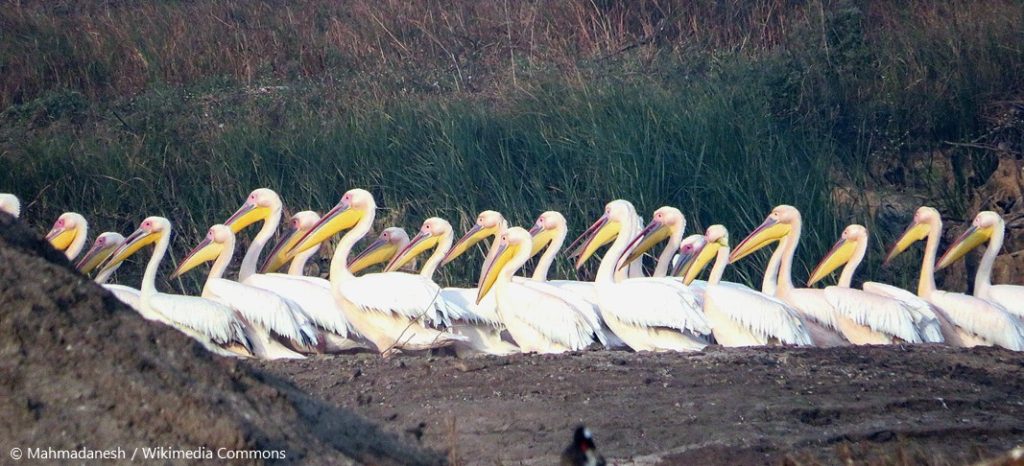
Eurasian Teal
These are small dabbling ducks that arrive from temperate Eurasia each winter. Surprisingly nimble on the ground for ducks, they’re common visitors to wetlands like Sultanpur National Park near Delhi, in Haryana.
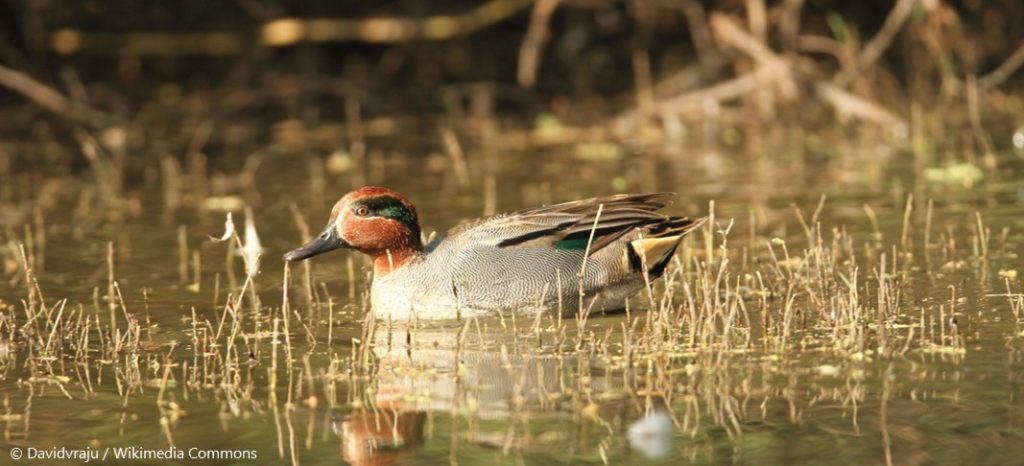
Are you excited to spot these travellers yourself? Check out this course on birdwatching to identify species and make the most of your adventures!
Why Migratory Birds Deserve Admiration and Protection
The lives of these migratory birds aren’t easy. They face habitat loss, hunting, climate change, collisions, and exhaustion. Wetlands are shrinking, stopover sites are vanishing, and weather patterns are shifting. Yet they return every year, traversing thousands of kilometres with just instinct and determination.
And so, protecting their habitats matters. Every sanctuary we support and every act of advocacy becomes a lifeline for birds crossing continents.
Do you want to learn about more migratory bird species? Try out the word search below!
Challenge Time: Migratory Bird Word Search!
How many migratory bird names can you find? Use the given hints and birdwatch between words!














buy number with crypto
I’ve been exploring https://terpenewarehouse.com/collections/terpenes-for-anxiety recently, and I’m deep down enjoying the experience. The scents are rich, typical, and pleasant. They add a outgoing touch to my always habit, plateful fasten on the mood and atmosphere. A large catch sight of to save anyone who appreciates savoury wellness tools.